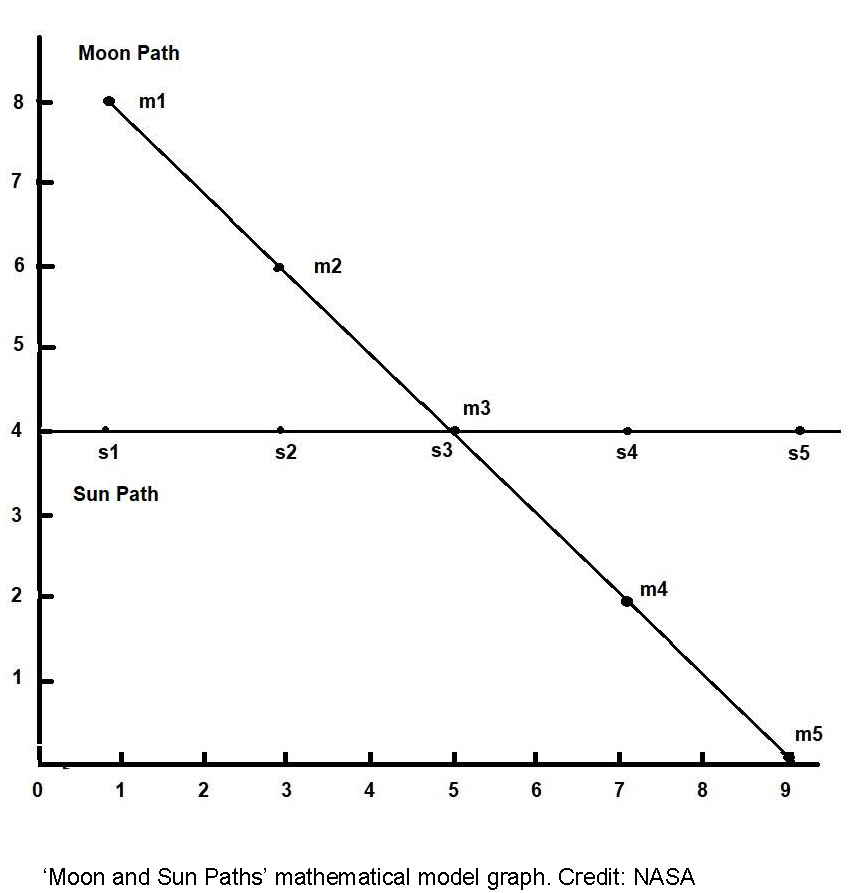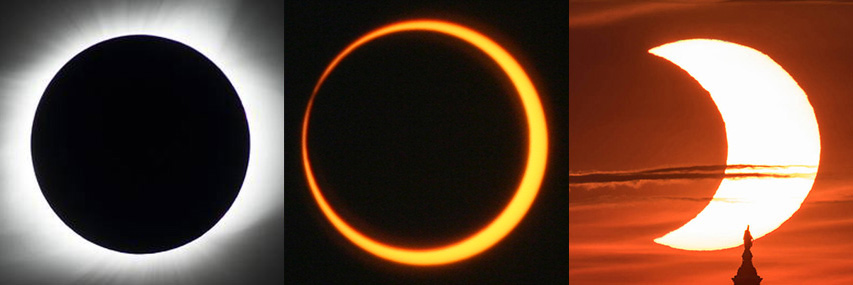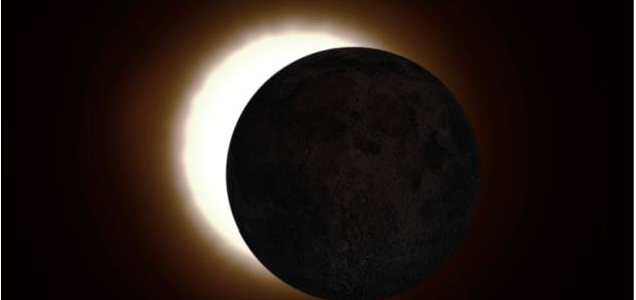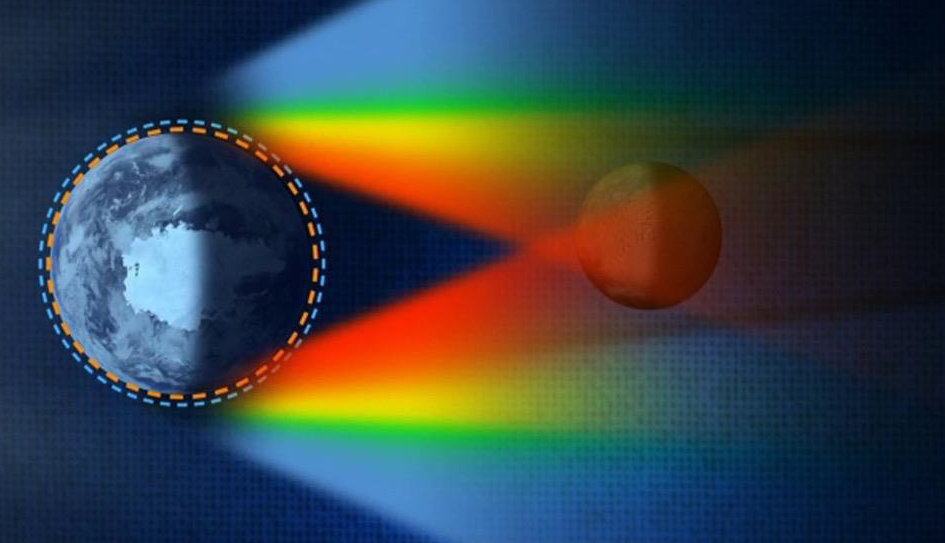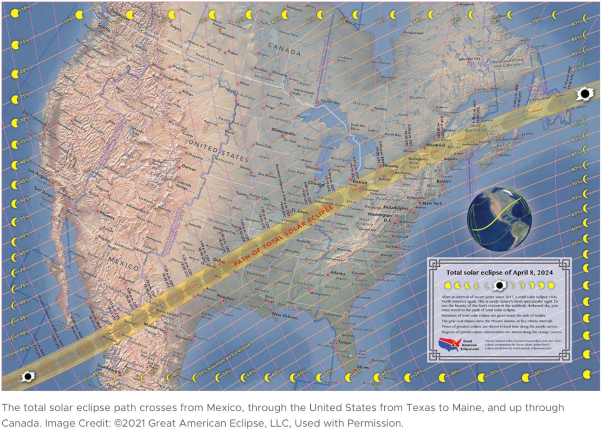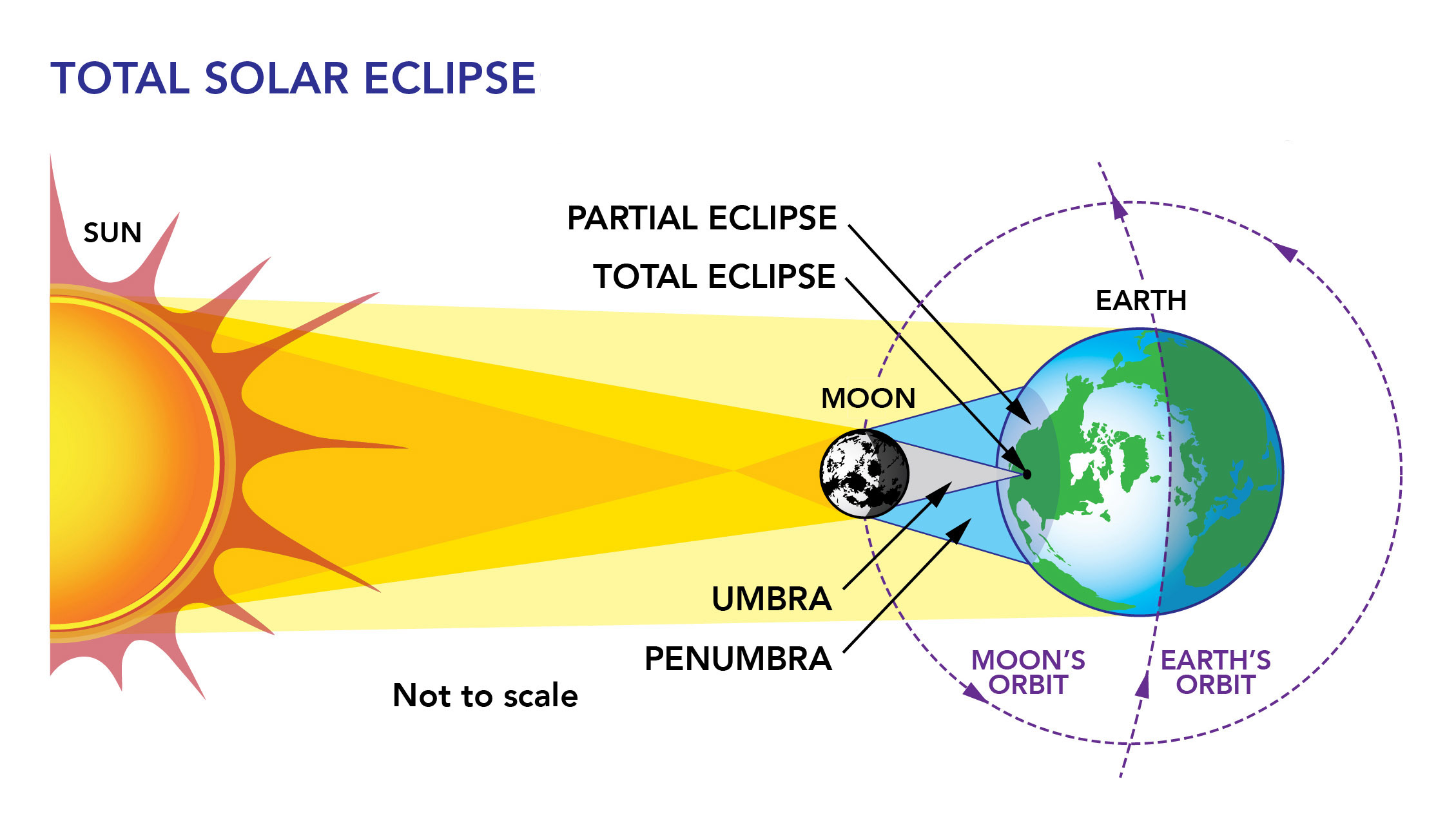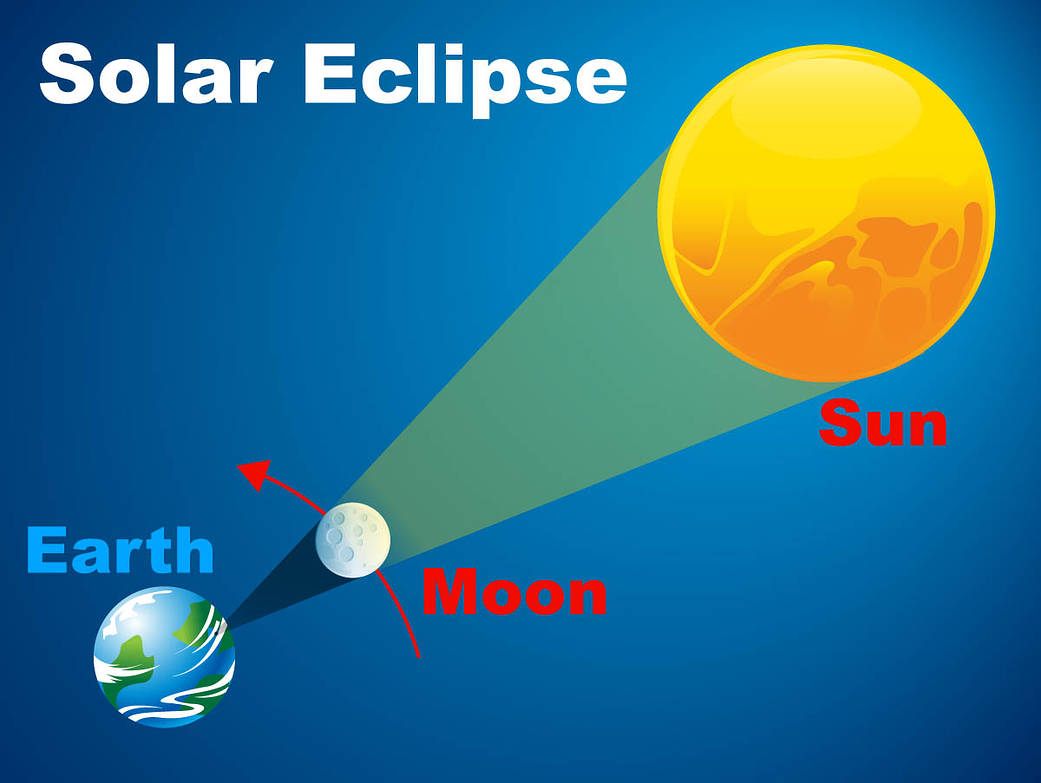Lesson Plans
Modeling Sun-Moon Positions for Solar Eclipses
Overview
In this activity, students will model the geometry of solar eclipses using quarters to represent the Sun and Moon (not to scale). The goal for this activity is to visually show how the Sun and Moon move near the eclipse season and how the timing of their arrival determines whether you have a total eclipse, a partial solar eclipse, or no eclipse at all.
Materials Required
- 2 disks approximately the size of a quarter, one to represent the Sun and one to represent the Moon
- Modeling Sun-Moon Positions for Solar Eclipses Google Doc OR PDF student sheets.
Teachers who are interested in receiving the answer key, please complete the Teacher Key Request and Verification Form. We verify that requestors are teachers prior to sending access to the answer keys as we’ve had many students try to pass as teachers to gain access.
Procedure
Remember to never look directly at the Sun without proper safety equipment.
- Watch the following animation:
-
Procedure:
We can demonstrate the geometry and timing of this by using quarters to represent the Sun and Moon (not to scale).Depending on the location of the observer on Earth, you may experience a total solar eclipse, a partial solar eclipse, or no eclipse at all. This depends on if the Moon and the Sun cross paths at the same time in the sky and the location of the Moon in its orbit.
- Model 1 - Total Eclipse
- Use this graph showing positions for the Sun and Moon. The lines represent the orbits of the Sun and Moon. Positions for the Sun are s1, s2, s3, s4 and s5. Positions for the Moon are m1, m2, m3, m4 and m5.
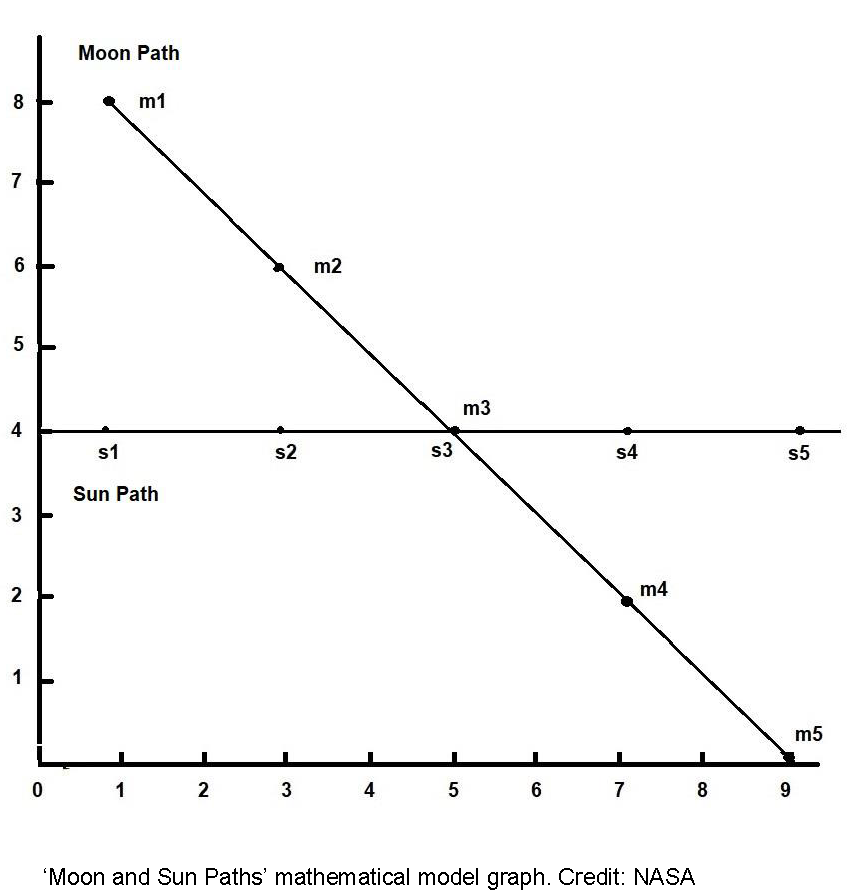
- Use two quarter sized disks. Place the disk representing the Sun on s1 of the Sun path, and the disk representing the Moon on m1 of the Moon path.
- Move both disks simultaneously from s1 to s2 and m1 to m2.
- Then from s2 to s3 and m2 to m3.
- Then from s3 to s4 and m3 to m4.
- Then from point s4 to s5 and m4 to m5.
- Record your observations at each point in the Data Table 1.
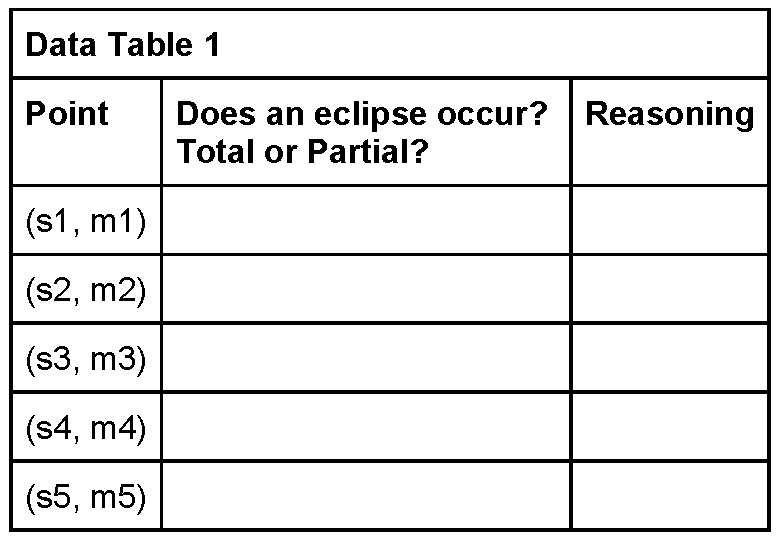
- Use this graph showing positions for the Sun and Moon. The lines represent the orbits of the Sun and Moon. Positions for the Sun are s1, s2, s3, s4 and s5. Positions for the Moon are m1, m2, m3, m4 and m5.
-
Model 2 - No Eclipse
Sometimes, even though the path of the Moon crosses the path of the Sun in the sky, the Moon is either too early or too late to have them overlap. Use the quarter-sized disk for the Moon.
- Place the Sun at point: s1.
- Place the Moon at point: m2.
- Move both disks simultaneously from s1 to s2 and m2 to m3.
- Then from s2 to s3 and m3 to m4.
- Then from s3 to s4 and m4 to m5.
- Record your observations at each point in Data Table 2.
- What is the difference between a total and partial eclipse?
- Why don't eclipses happen more often?
- Model 1 - Total Eclipse
Sources:
- Home. (n.d.). YouTube. Retrieved April 2, 2023, from https://www.youtube.com/watch?v=T_uUHCbZJmU&list=PL_8hVmWnP_O2oVpjXjd_5De4EalioxAUi
Disciplinary Core Ideas:
- ESS1B: Earth and the Solar System
Crosscutting Concepts:
- Cause and Effect
Science and Engineering Practices:
- Analyzing and Interpreting Data
- Students will be able to model the tilt of the Earth-Moon orbital plane
- What conditions are needed for a total or partial solar eclipse?
What is an eclipse season?
- We know that the frequency of eclipses are based on a lot of different factors.
- The five-degree tilt of the Moon’s orbit
- Another factor is the shape of the elliptical orbit of the Earth-Moon System around the Sun.
- The only time eclipses can occur is around the time of the equinoxes, around March and September. This window when eclipses can occur is about 40 days wide and is known as “eclipse season.”
- Because of the Moon’s elliptical orbit, it is sometimes farther from Earth (farthest at apogee) and sometimes closer (closest at perigee).
- But we still don’t have an eclipse every equinox because it is all a matter of timing. Sometimes, even though the path of the Moon crosses the path of the Sun in the sky, the Moon is either too early or too late to have them overlap.
- Students should have prior knowledge of the different types of solar eclipses: partial, total, and annular.
- Students should know that the orbits of planetary bodies are not circular, but elliptical.
Students can create the graph before modeling the Sun and Moon positions.
- Set up your graph:
- We will only be plotting in Q1 so use the entire graph paper for that quadrant.
- Mark the Origin (0,0) and use the ruler to draw the respective X and Y axis lines.
- Mark every other line and number the axes 1, 2, 3... up to 10.
- Plot the following 5 points for the Sun’s path:
- Sun 1: (1,4)
- Sun 2 : (3,4)
- Sun 3: (5,4)
- Sun 4: (7,4)
- Sun 5: (9,4)
- Label the points respectively: s1, s2, s3, s4, s5.
- Use the ruler ruler to draw a straight line through the points. Label this line ‘Sun Path’
- Plot the following 5 points for the Moon’s path:
- Moon 1: (1,8)
- Moon 2: (3,6)
- Moon 3: (5,4)
- Moon 4: (7,2)
- Moon 5: (9,0)
- Label the plots respectively, m1,m2,m3,m4,m5.
- Use the ruler to draw a straight line through the points. Label this line ‘Moon Path'
- The graph should look like this:

- The graph should look like this:
- Internet Required
- Teacher computer/projector only

